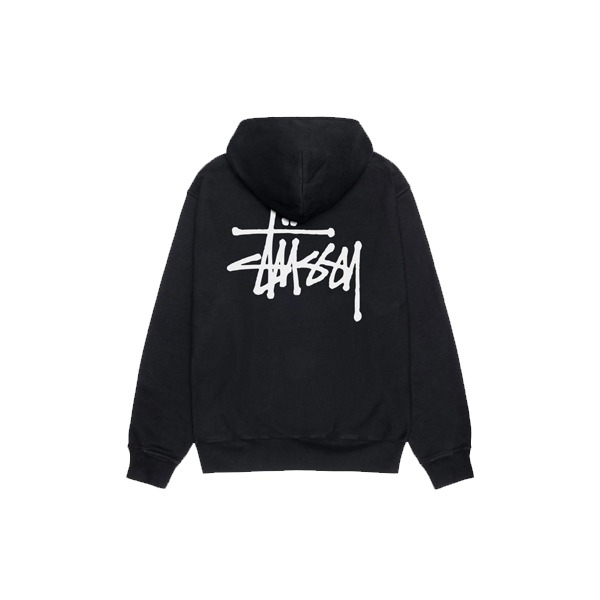What is a Vinyl Wrapping Course?
A vinyl wrapping course teaches the complete process of applying vinyl films onto vehicles for decorative or protective purposes. The training covers preparation, installation, and finishing techniques, helping students gain confidence to work on real projects.
Unlike DIY tutorials that often miss critical details, structured courses provide hands-on guidance and troubleshooting tips. You learn not only how to wrap but also how to avoid bubbles, creases, and premature peeling—skills that separate professionals from hobbyists.
Why Choose a Vinyl Wrapping Course?
Investing in a vinyl wrapping course comes with multiple benefits.
Career Opportunities: The automotive customization industry is expanding rapidly. Businesses, private car owners, and fleet managers all seek wrapping services for style, advertising, or protection. Skilled wrappers are in high demand.
Cost Savings: For enthusiasts, learning vinyl wrapping saves thousands in professional fees by letting you wrap your own vehicles.
Advertising Growth: Companies increasingly use vehicle wraps as mobile billboards. This creates steady demand for professionals who can deliver quality work.
A vinyl wrapping course not only opens doors to job opportunities but also provides a skill set you can monetize independently.
Skills You Learn in a Vinyl Wrapping Course
Every reputable course equips learners with practical skills:
Surface Preparation and Cleaning
Proper cleaning ensures vinyl adheres smoothly. You learn how to remove contaminants, wax, and debris that could interfere with adhesion.
Film Handling and Application Techniques
Handling large sheets of vinyl without creases requires precision. Courses teach positioning, stretching, and using squeegees to apply the film evenly.
Heat Gun Use and Stretching Methods
A heat gun softens vinyl so it can contour around curves and edges. You practice correct temperature control to avoid damage while ensuring durability.
Trimming, Finishing, and Removal
Final touches determine quality. Students master trimming edges, sealing corners, and safely removing vinyl without damaging paintwork.
These core skills allow graduates to deliver professional-grade wraps that meet customer expectations.
Tools and Materials Covered in Training
Hands-on training introduces you to essential wrapping tools:
Heat gun for softening vinyl
Squeegee to smooth air pockets
Precision blades for trimming
Measuring tape and magnets for alignment
You also explore different types of wrap films. Gloss, matte, carbon fiber textures, and chrome finishes all require slightly different handling techniques. Understanding film behavior helps you choose the right material for each project.
Choosing the Right Vinyl Wrapping Course
Not all courses are equal. When selecting training, consider:
Format: Online programs offer flexibility, while in-person classes provide direct mentorship and live practice.
Certification: A certified vinyl wrapping course strengthens your portfolio, especially when applying for jobs or attracting clients.
Trainers and Support: Look for instructors with industry experience and programs that provide after-course support or community access.
Duration can vary from a few days to several weeks, depending on how comprehensive the training is. Choose a course that matches your goals—whether you’re pursuing a career or simply developing a new skill.
Career Opportunities After Completing a Vinyl Wrapping Course
Graduates can explore multiple career paths:
Professional Vehicle Wrapper: Join established workshops or customization centers.
Business Owner: Start your own wrapping studio and target both personal vehicle owners and commercial fleets.
Freelancer: Offer wrapping services on a project basis, giving you flexibility and independence.
The rising demand ensures that skilled wrappers can maintain consistent work and income.
Case Study – Success Story from a Vinyl Wrapping Course
Consider a student who joined a short-term vinyl wrapping course in London. Within six months, they launched a small workshop, offering affordable wraps for car enthusiasts. Word of mouth spread, and the business quickly expanded into serving fleet clients. This case highlights how structured learning can directly lead to entrepreneurship.
FAQs
1. How long does a vinyl wrapping course usually take?
Most courses last between three days and two weeks, depending on the program’s depth and whether certification is included.
2. Do I need prior automotive experience to enroll?
No. Courses are designed for beginners as well as professionals, teaching everything from basics to advanced techniques.
3. What tools will I need after the course?
Essential tools include a heat gun, squeegee, cutting blades, and vinyl films, most of which are covered during training.
4. Can I start a business after completing a vinyl wrapping course?
Yes. Many graduates launch small studios or freelance services, offering wraps for cars, motorcycles, and advertising fleets.
5. Are online vinyl wrapping courses effective?
Online courses provide valuable knowledge but may lack hands-on practice. In-person classes often deliver better practical results.
6. What is the earning potential after learning vinyl wrapping?
Professional wrappers can earn from local car owners, workshops, and businesses. Skilled wrappers often charge hundreds per project.
7. Does a vinyl wrapping course cover removal techniques too?
Yes, removal is part of most professional courses, ensuring you can replace or update wraps without damaging vehicles.


